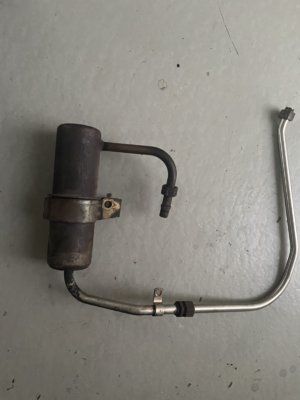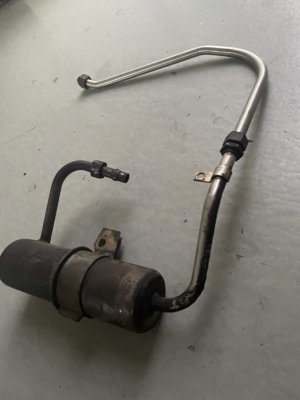Krzysztof - Briefly, US emissions standards were intended to force the use of engine designs that more completly burned fuel, intake systems that required less periodic maintenance and, later, exhaust systems that captured the worst emissions. The intake requirement was intended specifically to reduce the volume of poorly maintained, and therefore relatively dirty motor vehicles on the road (and they did this very well).
Because our engines were already well designed, carburetors can be made to be almost as clean as fuel injection when the engine is fully warmed up on our cars. (Fuel injection is superior for fuel economy because of the ability to more precisely match air fuel mixtures to operating conditions).
A problem with carburetors, however, is that they are dirty when the engine is cold. These devices were an attempt to diminish the cold running problem. They warm the intake manifolds while the engine is cold so as to more quickly move the engine into a range where it operated well and then switch off. They worked to some extent, but then the standards were tightened further and killed off the carburetor.
These systems were not retained primarily because they allow the continued flow of exhaust gases into the intake manifold, drastically changing air fuel mixtures and diminishing performance, when the device that switches them off fails.
Moreover, there is nothing the owner of a carbureted car can do to make their car meet today's emissions standards. We have to accept a compromise. And so we remain focused on the most important thing, which is making sure our engines are well tuned so that they are as efficient and clean as can be during 99% of their operating time, rather than seeking to comply with a transitional and somewhat arbitrary 1974 standard.


